6 Ways Fast Food Chains Get You Hooked
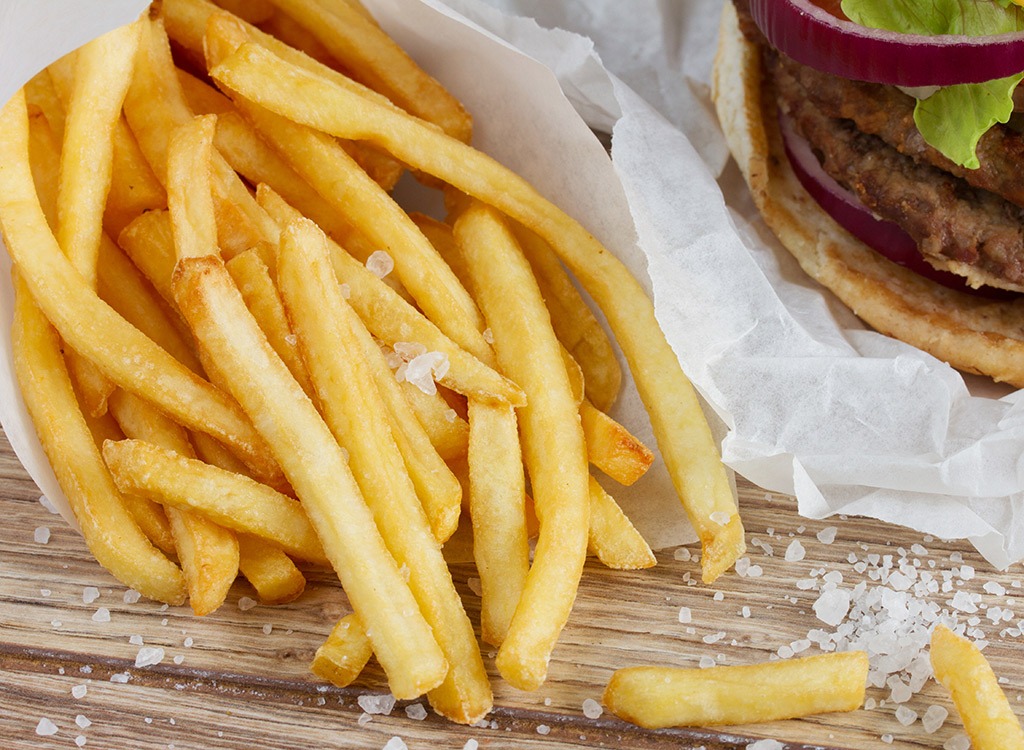
C'mon, don't deny it: You know exactly what we mean. Once you indulge yourself, you can't seem to stop. It's not that you have horrible willpower; it really is more difficult to turn down a Big Mac than it is to forgo your mom's famous meatloaf—or turn off the TV when your favorite show is on. But when you stop and consider that fast food chains employ a slew of researchers and scientists to brew up ways to keep their customers coming back for more, it's no surprise. Everything from the location of their restaurants to the color of the wallpaper was carefully selected to get you hooked on their greasy grub.
Sure, it may seem like Ronald McDonald and his gang of fast-food executives are on an evil mission to fatten you up, but that's not exactly the case. The head honchos behind our favorite greasy spoons are business-oriented leaders with one sole mission: to drive sales and increase profits—no matter the consequences. Unfortunately, our health and trim middles are typically sacrificed. Luckily, simply being aware of fast food joints' profit-driven tricks can help you overcome their allure. Keep reading to learn more about the chains' sneaky ways so you can start losing weight rapidly—stat!
They Ensure They're Always On Your Mind
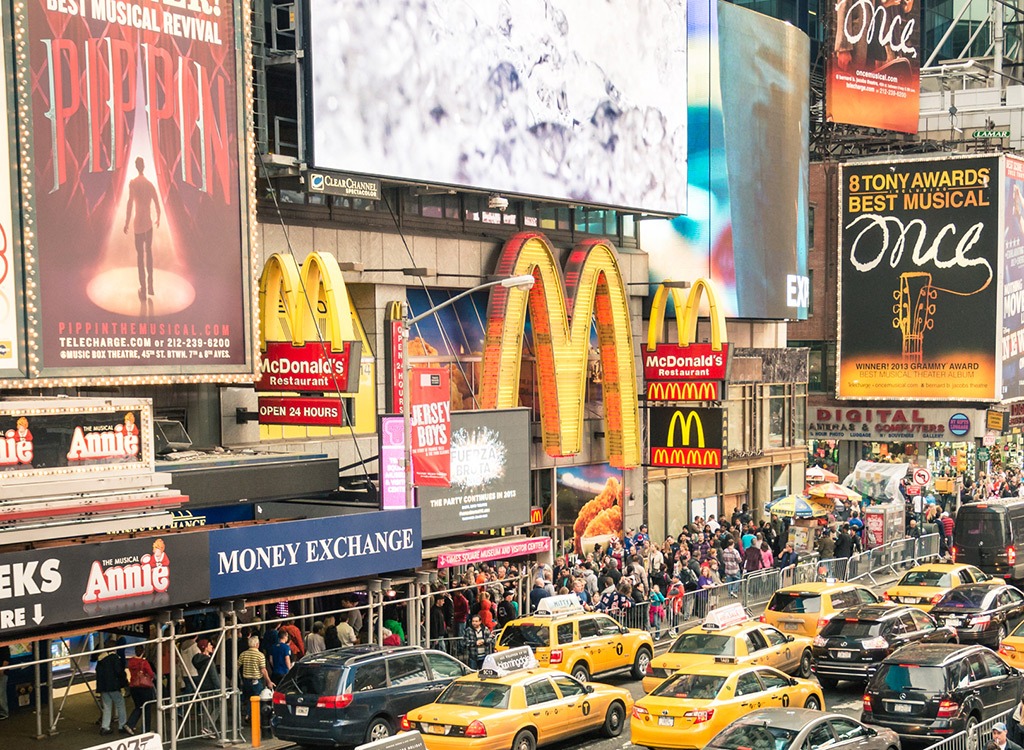
It's happens to us all: One day you're checking out a pair a sneakers online, and then for the next week an ad for those very shoes follows you around the Internet. It's beyond annoying. Fast-food marketers have a similar sales approach. Not only are ads for their greasy grub all over TV, magazines and the world wide web, fast-food joints splash their messaging all over our built environment, too. From highway billboards to the side of buses and the tops of city taxis, there's really no escaping images of those big, juicy burgers and overstuffed tacos—and it ups the odds we'll cave into our cravings. Don't believe it? Consider this: Areas with more outdoor fast-food ads are more likely to have overweight residents than towns and cities where outdoor advertisements are for other types of goods, say UCLA researchers. Fast-food companies know how effective outdoor ads can be, which is why second to television time, they spend more on these types of advertisements than any on other media outlet—a whopping $156 million big ones per year!
Fight Back: Since telling you to never leave the house isn't exactly realistic advice, focus on keeping fast-food ads out of your home. Record shows and skip through commercials and for Pete's sake, throw out the fast-food paraphernalia. Yes, that means you'll have to toss your Big Mac-patterned thermals and throw blanket—sorry! And no need to Google that to see if those things actually exist—they do. Just take our word for it.
They're Stage- Five-Clingers
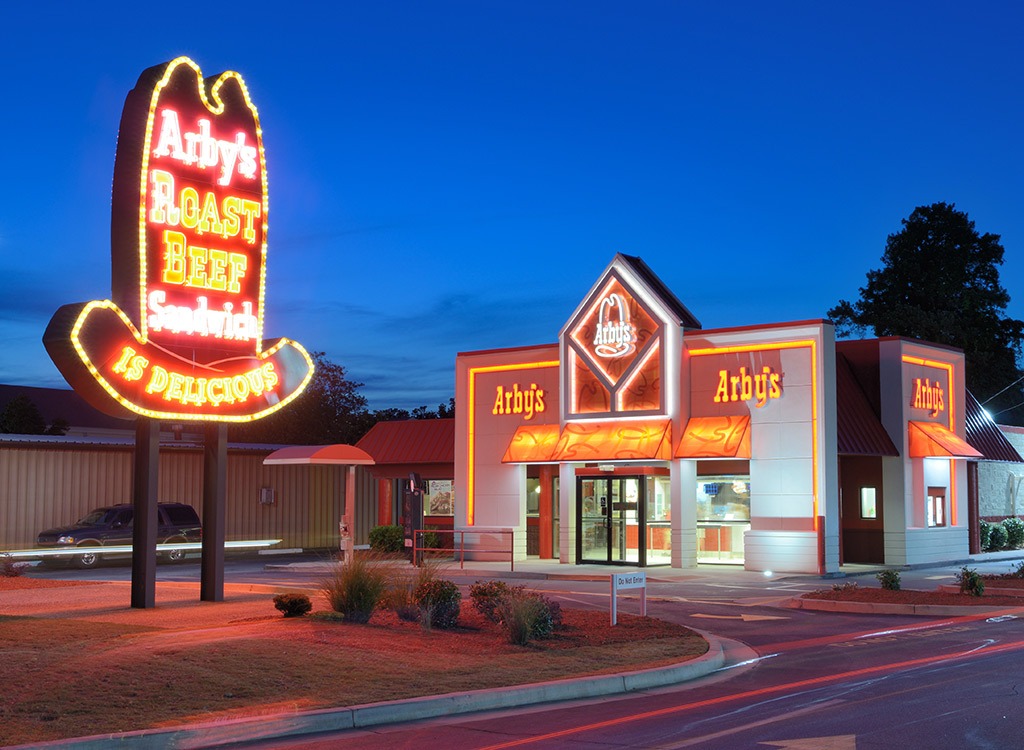
Hate to say it, but your good ol' pals Wendy, Ronald and Arby fall into the stage-five-clinger category. Even if you don't want to see them, they always seem to be in your path—and there's no hope they'll be fading away anytime soon. Is it convenient that there's always somewhere to eat? Sure, but it can also derail your weight-loss efforts. Fast-food companies know that simply building their restaurants in their consumers' daily paths increases the temptation to eat there. Which makes sense: Studies have found that one of the strongest influences on consumption is ease of access. Basically, if we see it and can easily get it, we will eat it. It's for this reason that you can find a burger, taco or pizza chain in nearly every shopping center, rest stop and neighborhood in America.
Fight Back: Always keep healthy, grab-and-go snacks in your car or bag. If you're prepared with your own healthy fare, you'll be less apt to give in to temptation when your tummy starts to rumble.
The Dishes Sound Really Delicious
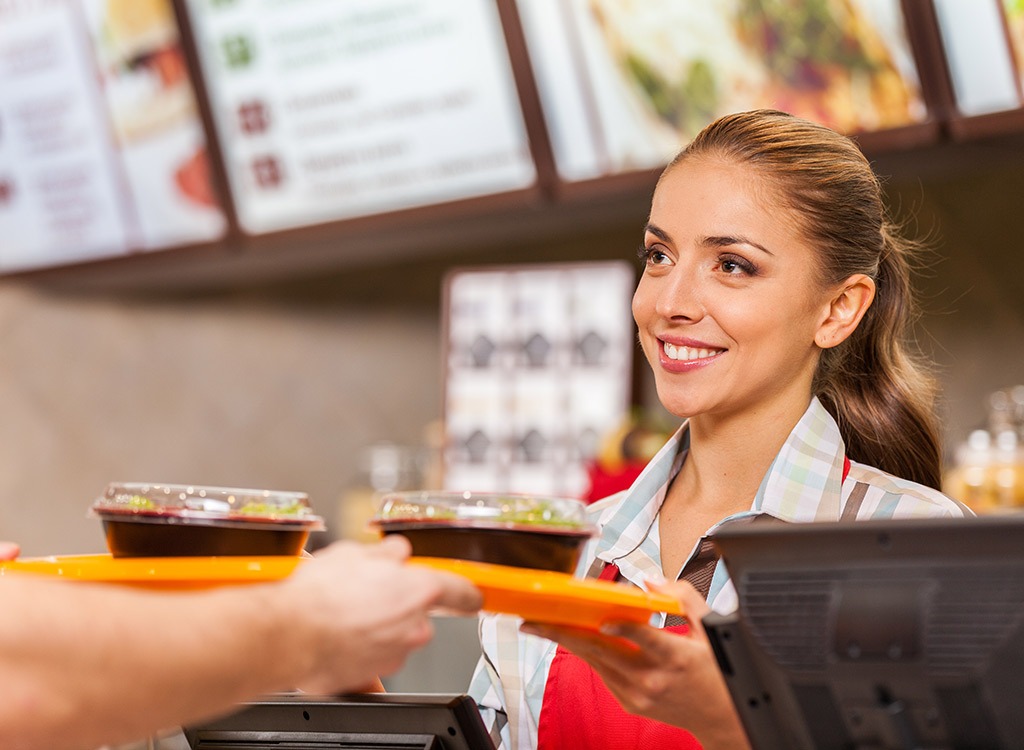
It's not just you; a lot of health-minded folks go into fast-food joints with the best of intentions but somehow end up leaving with a bacon cheeseburger and a soggy order of fries. Scratching your head? Here's why it keeps happening: Food marketers tend to use descriptive phrases on their menus and in-store ads such as "Finger lickin' good" and "hot n' juicy" to boost the craveability of menu items they're hoping to sell. (The only problem is, they're not typically pushing the healthy stuff. Those dishes are less apt to get you hooked.) In fact, customers are 27 percent more likely to order an item if it's described with yummy-sounding adjectives, say Cornell University researchers. The same group of scholars also found that certain menu design elements such as fancy fonts, colors and graphics tend to draw the eyes toward specific items and can sway customers' orders. Kind of disconcerting, right?
Fight Back: Next time you hit up a fast-food joint, your best bet is to decided on an order before you arrive, avert your eyes from the menu as much as possible and stick to your guns when you get up to the counter—no matter how "finger lickin' good" those ribs may sound.
It Smells Out-of- This-World Amazing
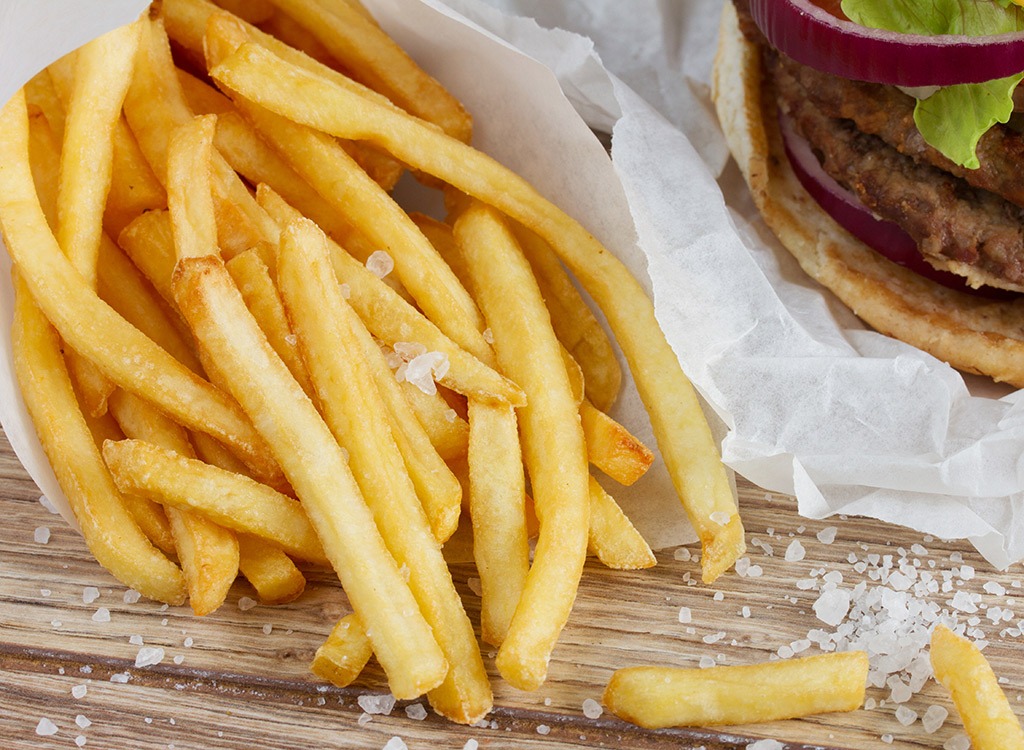
Do you know why fast food smells too good to be true? Because it is. While some scents coming out of the kitchen are legit, the extra-yummy waft of fries that enticed you to walk through the door isn't just coming from the fryer. Restaurants know that scents can induce cravings, which is why they turn to companies like ScentAir to pump their eateries with mouthwatering artificial aromas. ScentAir duplicates the smell of everything from popcorn and cookies to burgers and fries to either replace a food's natural aroma or to enhance the real thing. And scents can not only increase the odds you'll order indulgent fare you might not have otherwise ordered, but also make your food taste better, which means you'll be more likely to order the food again, say Cornell researchers.
Fight Back: Since fast-food joints don't tend to blast scents of salads throughout their establishments, frequenting the restaurants and falling victim to the tempting smells can be dangerous for your waistline. Our advice? Stick to the drive-thru and bring the food home to enjoy.
Their Decor Stimulates Appetite
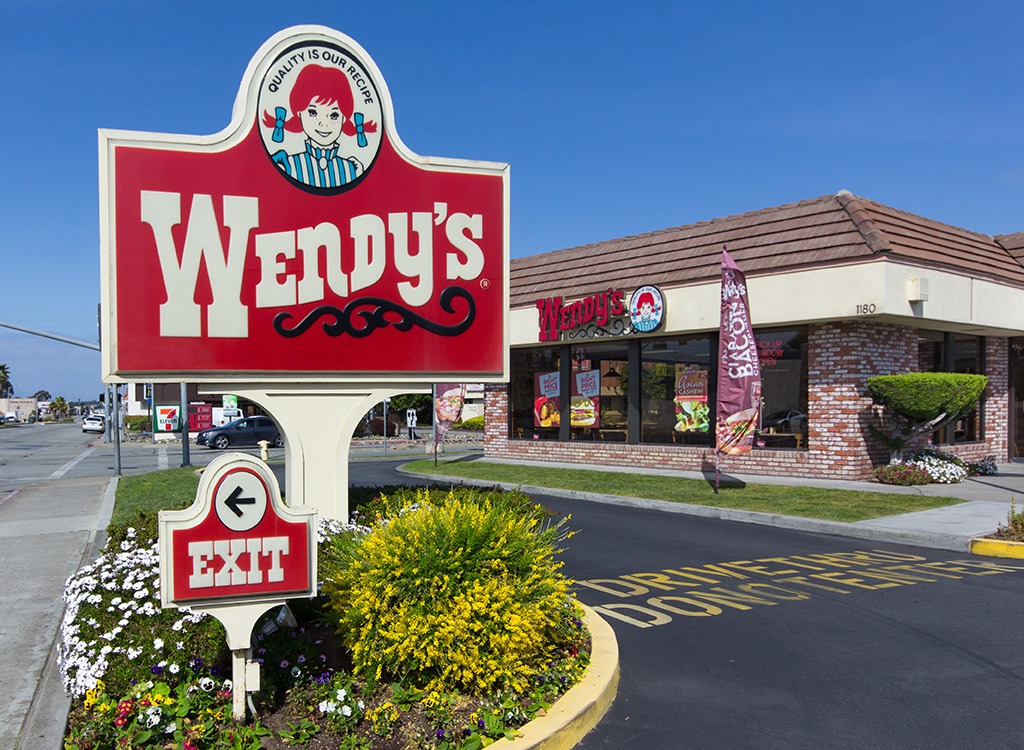
Have you noticed that a lot of fast-food chains use the same colors on their logos and inside their restaurants? That's no coincidence. Pizza Hut, In-N-Out Burger, Wendy's, McDonald's and Burger King—just to name a few—all use yellow and red in their logos. These hues have been proven to grab consumers' attention, stimulate appetite, increase the speed in which we eat and make us crave all things convenience—including fast food, say University of Rochester scholars.
Fight Back: Ordering from the drive-thru window and enjoying your food at home can help you savor your meal and keep your appetite in check. Plus, you're less apt to go back for seconds when you'd have to get in your car to do so. Nowhere near your house? If the weather is nice, eat outside the restaurant at a picnic table or take your meal to a nearby park.
They Use Addicting Ingredients
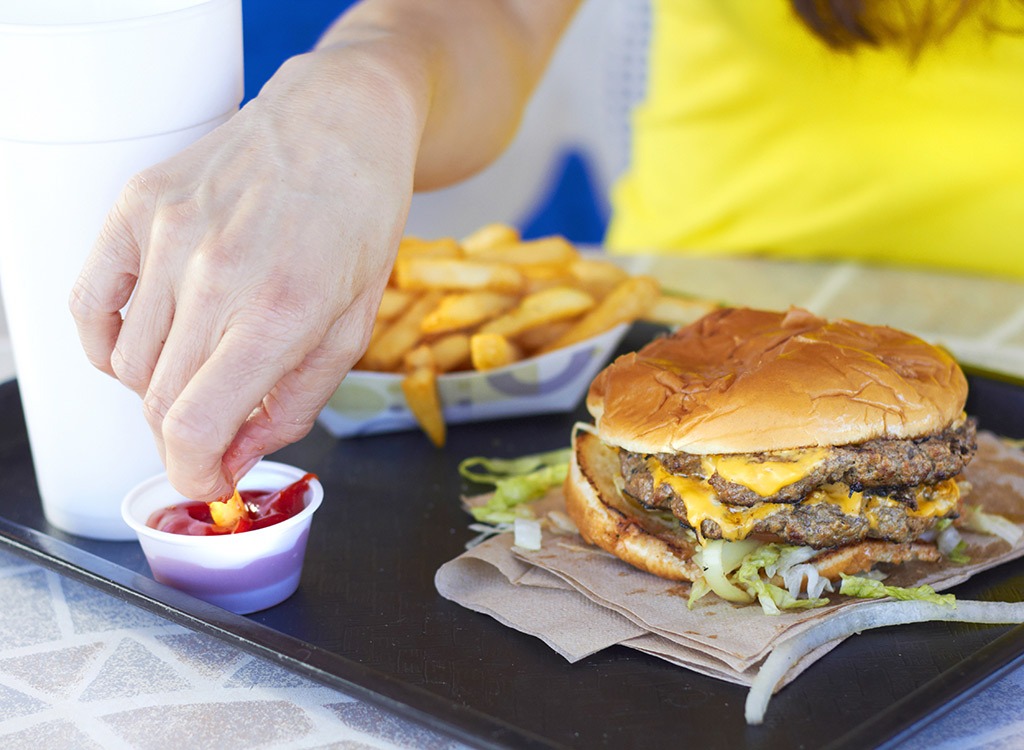
Refined carbs, fat, salt and sugar—the four primary ingredients in fast food—are downright addicting. Studies show that mice who have been fed diets with high levels of those very nutrients display withdrawal symptoms and are more sensitive to stressful situations after they were put on a more healthful diet. The nutrients have also been shown to trigger hankerings similar to the cravings drug addicts experience. Yikes! Not to mention, a number of fast-food menu items are pumped with chemicals that boost our cravings. Chicken McNuggets, for example, contain a chemical called autolyzed yeast extract that's similar to monosodium glutamate (MSG). It's primary purpose: to artificially enhance the taste and craveability of the food it's used in. Wendy's Frosties are another example; their recipe calls for a number of gums and a thickening agent made from seaweed called carrageenan, which have been proven to make the texture of foods satisfying and keep customers coming back for more.
Fight Back: Don't make eating fast food a habit—shocking advice, we know! But here's why: The more often you eat something that's filled with addictive ingredients, the more apt you are to get hooked. And when you do decide to indulge, always pair more indulgent dishes like burgers, fries and burritos with something fresh, healthy and free of addictive additives. Side salads and fresh fruit are generally safe bets. This helps keep the number of chemicals and overly-alluring tastes and textures going into your system to a minimum.
Find out Every Menu Item at McDonald's—Ranked!
Images: View Apart / Shutterstock.com, Sean Pavone / Shutterstock.com, Ken Wolter / Shutterstock.com








